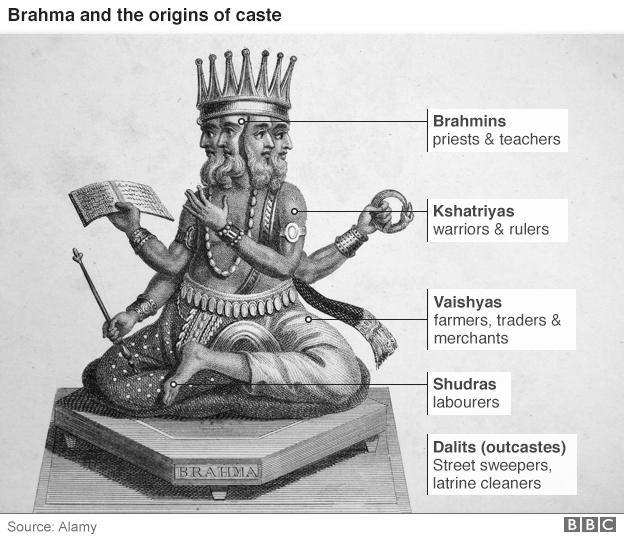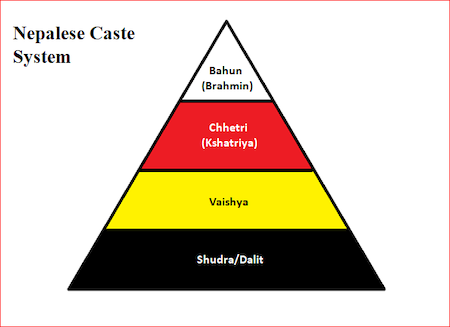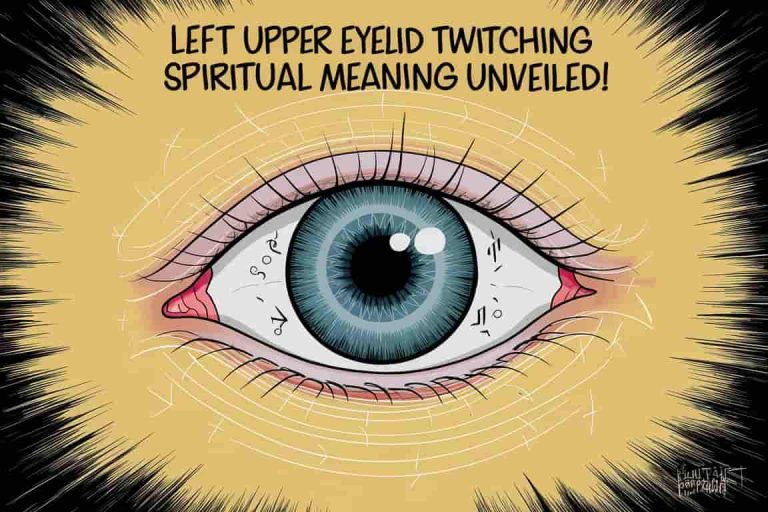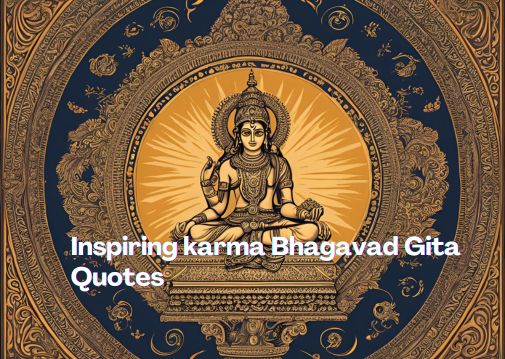Hindu Religion Cast System: Unraveling Its Complex Layers
Have you ever wondered how the Hindu caste system shapes the lives of millions? Whether you’re curious about its historical roots or its impact on modern society, understanding the intricacies of this age-old social structure can offer a fascinating glimpse into human behavior and cultural dynamics.
Imagine unraveling a system so deeply embedded in tradition that it influences everything from social interactions to career choices. Intrigued yet? By exploring the caste system, you can unlock insights that challenge norms, inspire empathy, and perhaps even alter perceptions.
Ready to dive deeper into this compelling topic? Let’s explore the layers of the Hindu caste system together and discover its enduring significance.

Origins Of The Caste System
The caste system is very old. It started in ancient India. People were divided into groups. Each group had different jobs. Some groups were more respected than others. This system was strict. People could not change their group easily. Families stayed in the same group for generations. This system affected many parts of life. It influenced jobs, friendships, and marriages.
Ancient texts played a big role in the caste system. The Vedas are the oldest texts. They mention different groups. The Manusmriti is another important text. It gave rules for the caste system. These texts were like guides. They told people how to live. They taught people about their duties. Many followed these teachings strictly. The texts impacted society deeply. Their influence is seen even today.
Structure Of The Caste System
The caste system in Hinduism has two main parts. These are Varna and Jati. Varna is a big group. There are four main Varnas. Each Varna has different duties. Jati is a smaller group. It is based on jobs and family. People are born into their Jati. They stay in the same Jati for life.
The caste system has a strong hierarchy. Some castes are higher than others. Each caste has a role. Higher castes have more respect. Lower castes have less power. This system affects jobs and marriage. People usually marry within their caste. The system affects daily life. It shapes how people live and work.
Impact On Society
The caste system creates different levels in society. Some people are seen as higher. Others are seen as lower. This can affect how people are treated. Those in higher castes may have more opportunities. They may get better jobs and education. Those in lower castes may face discrimination. They might not have the same chances. This can make it hard for them to succeed.
People in higher castes often have more wealth. They may own more land and businesses. This gives them more power. Lower castes might work in low-paying jobs. They may struggle to earn enough money. This can cause poverty in these groups. The gap between rich and poor can grow larger. This affects the whole community.

Caste And Religion
Hinduism has many rituals for different castes. Each caste has its own customs. Some people celebrate festivals in unique ways. Others have special ceremonies for marriages. These rituals bring people together. They help in maintaining traditions.
Kids are taught these customs early. They learn from family and community. Rituals give a sense of belonging. They connect people to their roots. Many enjoy participating in these practices. It is a way to feel closer to their heritage.
Different groups interpret rituals in various ways. Some see them as very important. Others think they should change with time. The interpretation can vary by region. Many scholars study these differences. Understanding these views helps in respecting diversity. It shows that Hinduism is very rich in culture.
Everyone is encouraged to learn and respect each view. It teaches us to live in harmony. This variety makes Hinduism colorful and unique. People find meaning in these practices. It is a big part of their lives.
Modern Challenges
The Hindu caste system presents modern challenges by fostering social inequality and limiting opportunities for many individuals. Tradition often clashes with contemporary values, creating tension and hindering progress. Efforts to promote equality and social justice face resistance, reflecting the complex interplay between age-old customs and modern aspirations.
Caste Discrimination
Caste discrimination is still a big issue today. Many people face unfair treatment because of their caste. It affects their jobs, education, and social life. Some kids can’t attend good schools. Others are not allowed in certain places. This discrimination makes life hard for many people. It stops them from having equal rights. Everyone should be treated fairly and with respect. Ending caste discrimination is important for a happy society. People need to work together to solve this problem.
Legal And Social Reforms
Legal reforms aim to stop caste discrimination. Laws are made to protect people from unfair treatment. These laws help people get equal chances. Social reforms are also important. They try to change people’s minds. Education plays a big role. It teaches kids to treat everyone equally. Many groups work to spread awareness. They hold meetings and talks. This helps people understand why change is needed. Everyone should help to make the world fairer.
Caste System In Global Context
The caste system affects identity for those living abroad. People often carry caste traditions with them. It shapes their social interactions. Many find comfort in familiar practices. They build communities based on shared backgrounds. This creates a sense of belonging.
Different societies have their own social structures. Some use class or status. Others have racial divisions. The caste system is unique in its rigid hierarchy. It affects daily life and choices. People in other cultures may face less restriction. But social rankings exist everywhere. Each system shapes how people interact.
Future Of The Caste System
The caste system is changing. Young people are questioning old ways. Education helps them see new ideas. Social media spreads their voices. Urban areas show more equality. People live together without caste barriers. Jobs are now based on skill, not caste. Technology connects everyone. Global influences bring fresh thoughts. Families teach acceptance. Schools promote fairness. Diverse marriages are more common. Friendships cross caste lines.
Change is possible. Activists work hard for equality. Laws support their cause. Policies aim to reduce caste bias. Communities create support groups. Education is key to change. Awareness grows each day. Youth lead the way. Voices demand fairness. Change takes time. Unity is the goal. Everyone can make a difference. Hope guides the future.

Conclusion
The Hindu caste system remains a complex social structure. Its origins trace back centuries. Many strive to overcome its limitations today. Efforts to promote equality and justice continue. Education plays a key role in change. Understanding this system helps bridge gaps.
Communities work towards a more inclusive society. The journey is long, but necessary for unity. Everyone has a part in shaping the future. Respect and empathy guide progress. The caste system’s impact shapes many lives. Awareness leads to acceptance and growth.
Let’s embrace diversity and learn from history. Together, we create a better tomorrow.




